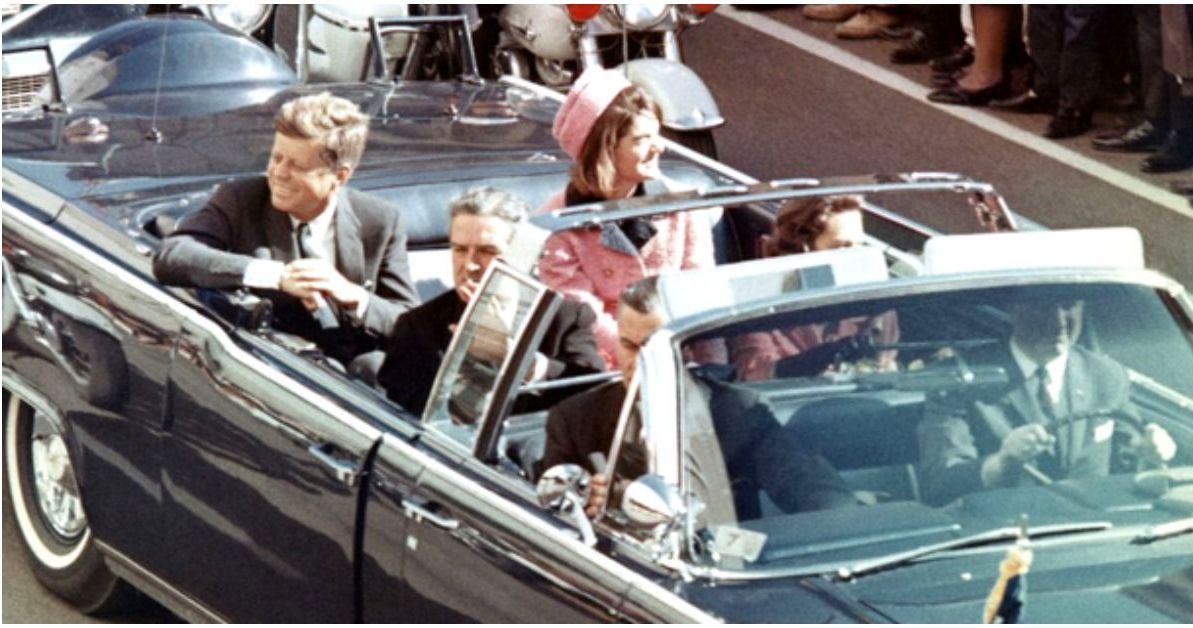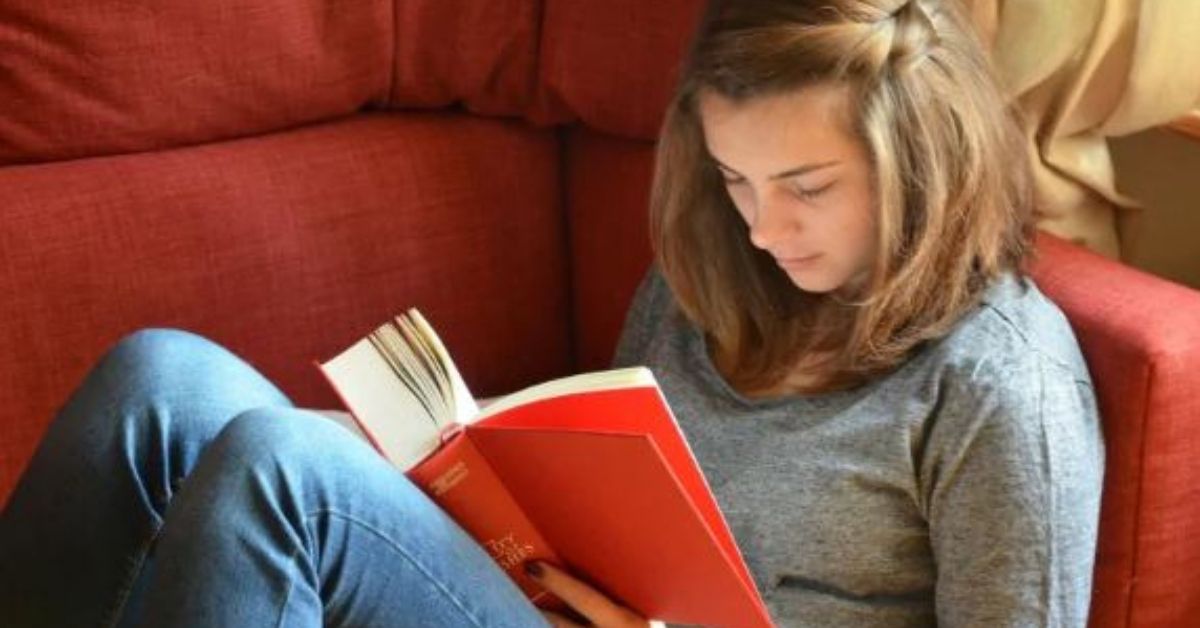Last week, the world marked the 55th anniversary of an American tragedy, the 1963 assassination of President John F. Kennedy.
More than any other historical event, rumors and conspiracy theories about Kennedy's death have lingered since that fateful day in Dallas, Texas.
But an interview with Clint Hill, one of the secret service agents on duty in Dealey Plaza, has cast new light on the day's events.
And one of the biggest mysteries of the assassination - what happened to President Kennedy's brain after his death - has finally been answered more than five decades later.
"If I had been slightly faster I may have been able to prevent the president's fatal wound and that has bothered me ever since."
Hill was one of the secret service agents flanking President Kennedy's car when it made the fatal trip through Dealey Plaza on November 22, 1963.
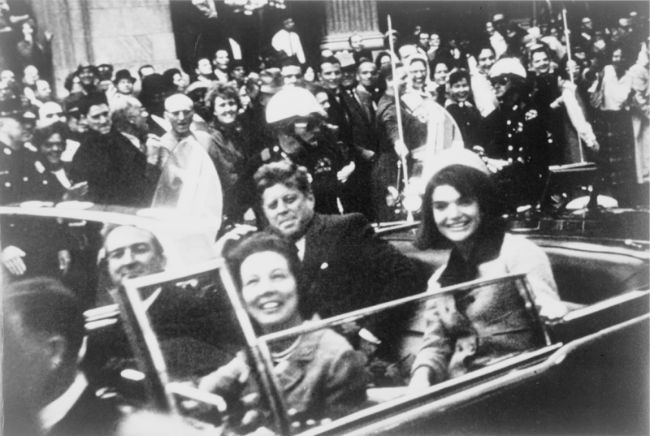
He remembered hearing the quick burst of gunfire, and actually jumped onto the back of the president's limousine as it sped away.
Hill meant to protect the president and First Lady Jacqueline Kennedy from gunfire, but he was too late, and says he's still haunted by the few crucial seconds that could have changed the world.
"I think I should have been faster," he told The Sun.
"If I had been slightly faster I may have been able to prevent the president's fatal wound and that has bothered me ever since. It always will - I'm sure."
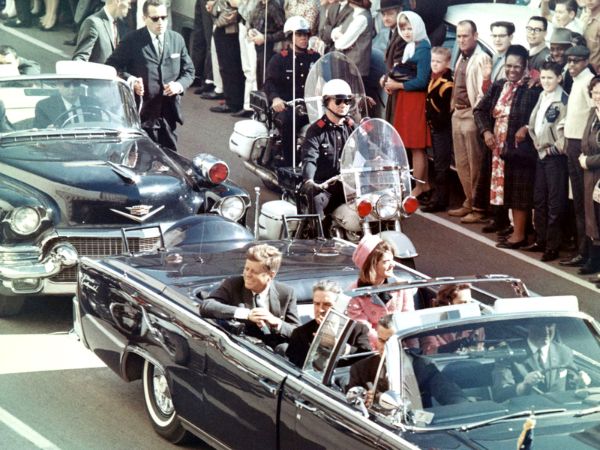
"One thing that I've never been able to erase from my mind is being on the back of the car looking down at the president, who was lying with his face in Mrs. Kennedy's lap."
"That is something I could never, and have never been able to, erase from my mind."
Hill's heroism was still immortalized on camera, in several iconic photos where he can be seen clinging to the back of Kennedy's limousine, urging the terrified First Lady back into her seat.
"At the time I never thought 'I might be killed' or 'I won't see my kids again,'" Hill remembered.
"I didn't think of that at all. That was the farthest thing from my mind. My goal was to get there to form a cover for them so no more damage could be done."
While the shooting was over in a matter of seconds, Hill says he suffered from post traumatic stress disorder for years after the assassination, and became a recluse for several years in the "˜70s and "˜80s.
"I quit drinking, quit tobacco, started to work out a little bit. And I began to gradually get better and better," he revealed.
"And finally by 1990 I was able to go back to Dallas and walk the streets of Dealey Plaza up into the Texas School Book Depository and look up at the sixth floor window where Oswald shot from and then come away knowing that I had really done everything I could do that day."
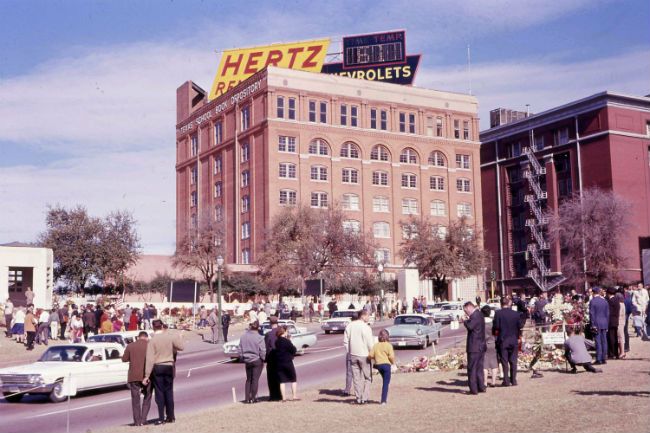
And in spite of everything he lived through, Hill says he doesn't envy today's secret service agents and the trials they face protecting President Trump.
"The challenges are much greater to protect the president, whoever it might be," he said.
The President's Missing Brain
The Sun's retrospective on the Kennedy shooting dug up another surprising fact about the president's death, and settled decades of heated debate among historians and conspiracy theorists.
After the president's autopsy, his brain famously disappeared without explanation.
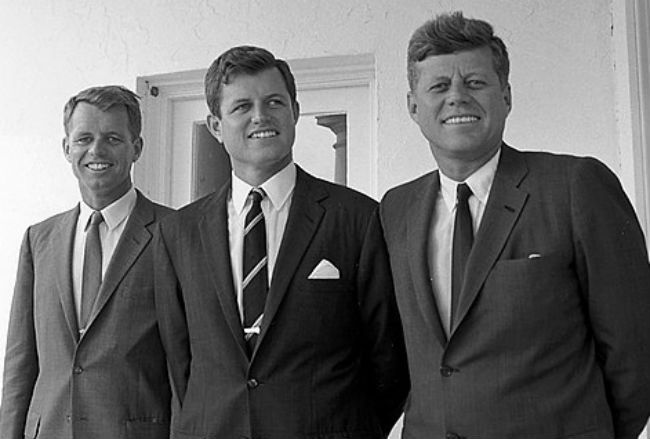
Several conspiracy theories alleged that the organ vanished because it was the last piece of physical evidence that Lee Harvey Oswald was not the "lone gunman" in Dealey Plaza.
In a revelation from newly declassified documents, The Sun reported that Kennedy's brother, Robert, probably hid the president's brain to "prevent future display."
The news came from a document of the House Select Committee on Assassinations, which read, "Circumstantial evidence tends to show that Robert Kennedy either destroyed these materials or otherwise rendered them inaccessible."
The news backs up a theory introduced in the 2013 book End of Days: The Assassination of John F. Kennedy, where former attorney general Ramsey Clark named Robert as the man who had "stolen" Kennedy's brain.
Sadly, Robert was assassinated himself just five years later, on June 6, 1968, while campaigning to be the Democratic nominee for the presidency.
[H/T: News.com.au]
